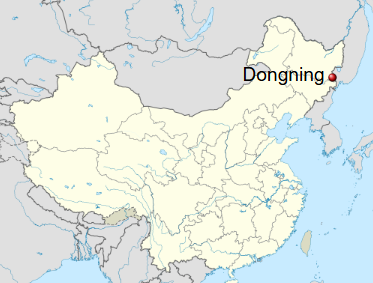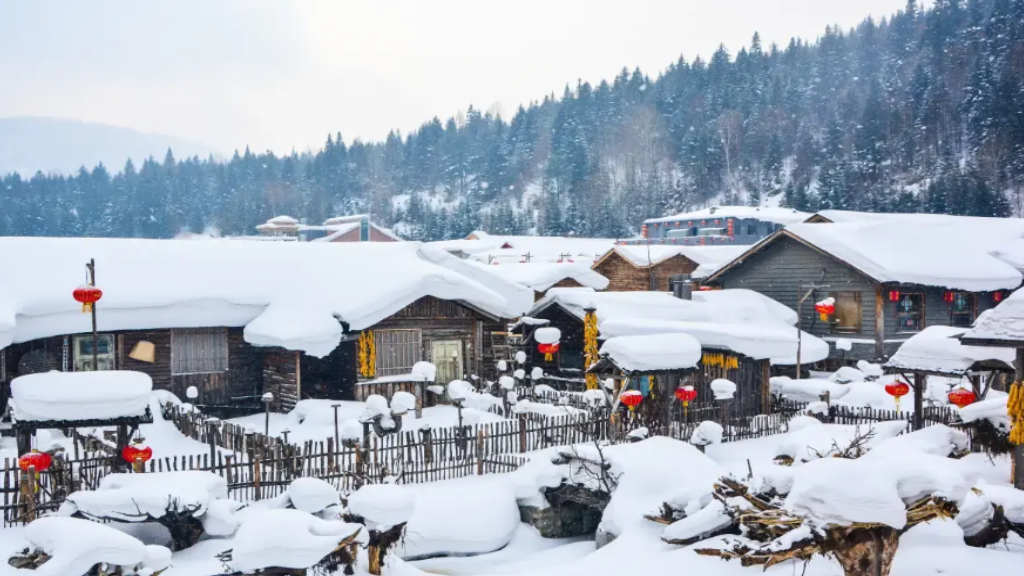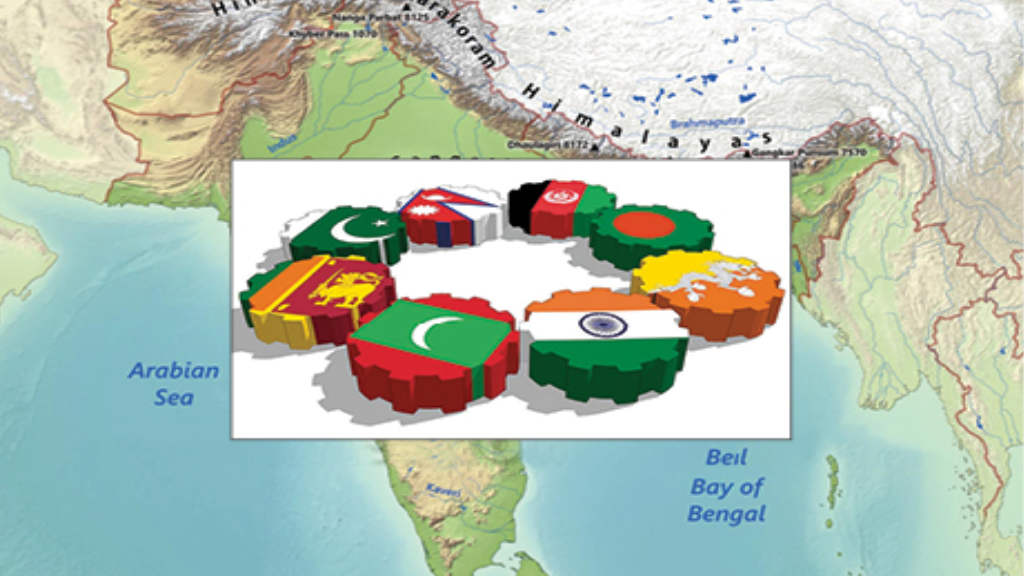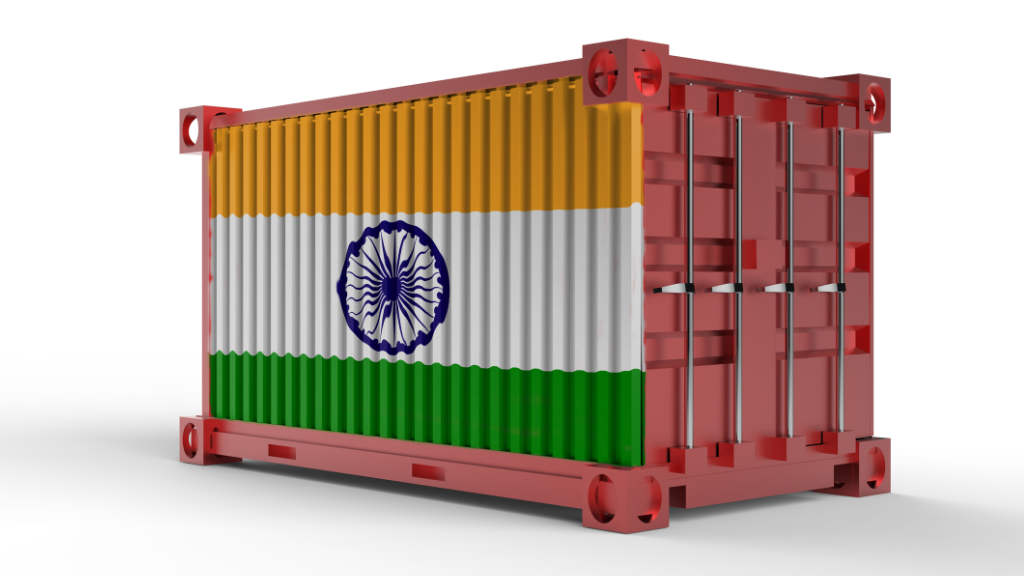China’s Dongning (东宁), in Northeast China’s Heilongjiang Province, has been actively enhancing the growth of cross-border tourism, trade, and consumption markets with Russia since introducing a visa-free policy for Russians in September.
According to local immigration data, 7,821 Russians crossed over the Dongning border into China in the six-week period from September 15 to October 29, 65.03% more than in the same period last year. Dongning is part of Mudanjiang prefecture and sits opposite the Russian city of Poltavka.
Dongning has deliberately positioned itself as attractive to Russian tourists, introducing its unique cultural and tourism resources, including local delicacies and attractions. It has created promotional videos in Chinese and Russian and distributed these on Russian-language websites and social networks. The city government has also improved bilingual service facilities, providing bilingual signs in key locations such as hotels, shopping centers, and other attractions.

Especially designed short-term tours, lasting 1–3 days, have been developed, taking into account the needs of Russian tourists, and are accompanied by Russian-language Dongning tourist guides so that Russian tourists can quickly familiarize themselves with local tourist facilities.
Medium- and long-term wellness packages from 3 to 10 days are also available, with bilingual signs in clinics, offering everything from traditional Chinese medicine to surgical procedures and beauty treatments.
In addition, an Open Basketball Championship among Chinese and Russian teenagers is now held in Dongning, using festivals and events as a bridge for exchanges. Events such as educational exchanges in schools and familiarization with cultural and tourism consumption have also been organized.
Transport in Dongning has also been improved, with direct bus connections taking passengers to and from the Dongning border to major regional cities such as Vladivostok. Currently, there are 32 daily bus routes between China and Russia through Dongning, servicing up to 1,600 people daily.
This has been achieved by increasing the efficiency of border controls and security for these cross-border exchanges. This includes an “application for the entire group + centralized inspection” regime, reducing the average crossing time per person to just 2 minutes. Training related to guest accommodation registration is provided for numerous hotels accommodating Russian visitors.
On the Russian-Chinese border, which stretches over 4,200 km, there are 9 automobile checkpoints—both multilateral and bilateral, 8 mixed automobile and river checkpoints (SPP), 2 automobile and railway SPPs, including a multilateral checkpoint in Zabaikalsk (Chita region), and 2 railway checkpoints. For 2025–2030, the construction of 3 new automobile crossings, modernization of existing railway terminals, implementation of “green corridor” systems for regular suppliers, and other measures are planned. Although not all of these crossings are suitable for tourism purposes, those that are should take note of the development example of Dongning—on both sides of the border.
Further Reading





